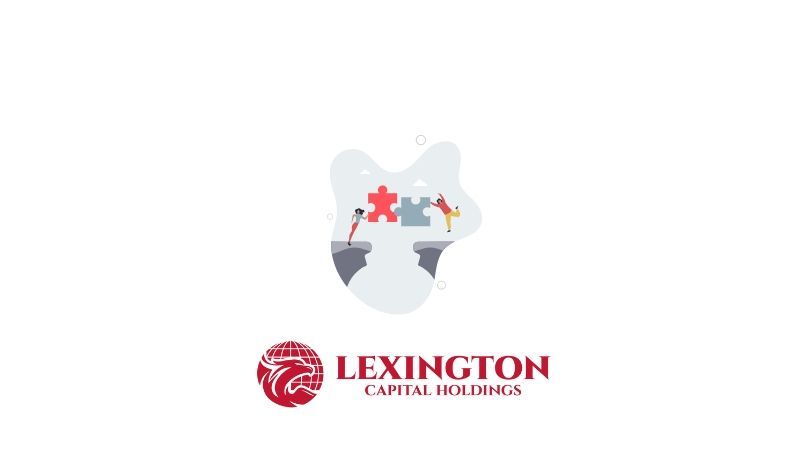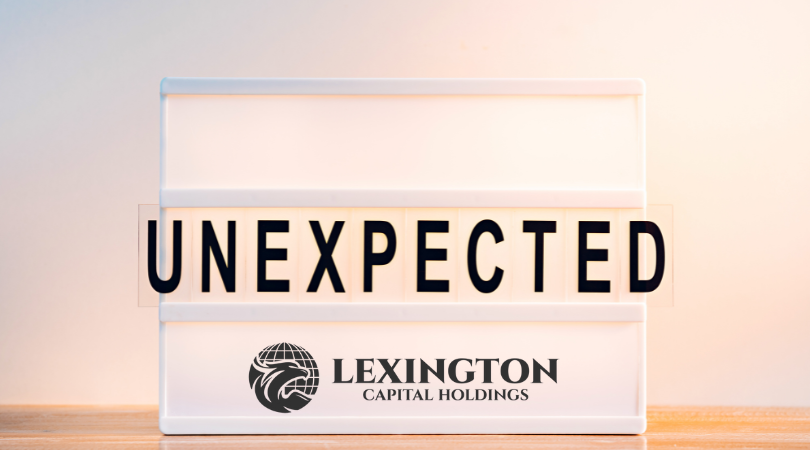What Every Start-Up Owner Wishes They Knew Sooner
Launching a new business comes with a mix of excitement, uncertainty, and ambition. Every decision feels high-stakes, and the learning curve can be steep. In those early days, it’s easy to get caught up in momentum and overlook the foundational moves that make a lasting difference. There’s a lot to juggle—finances, team-building, branding, and customer experience—all while trying to gain traction and stay competitive.
At Lexington Capital Holdings, we’ve worked with countless business owners at every stage—from idea to expansion—and we’ve heard one phrase more than a few times: "I wish I knew this sooner." So, we put together a list of some of the most valuable insights start-up owners often learn the hard way.
1. Cash Flow is King
Revenue might be exciting, but cash flow keeps your business alive. Many start-ups focus on sales without tracking the timing of income and expenses. Always know what’s coming in, what’s going out, and when. Having capital available—like a line of credit—can help bridge gaps and protect your operations during slower months.
2. Your Network Is More Valuable Than You Think
Connections can open more doors than cold emails ever will. Surround yourself with people who are experienced, trusted, and aligned with your mission. Whether it’s a mentor, a funding partner, or someone in your industry, the right network can accelerate growth and offer insights you won’t find in a textbook.
3. Not All Capital is Created Equal
Quick money can come with long-term consequences. Start-up owners often jump at the first offer without understanding the terms. Take time to compare options, understand repayment structures, and look at the long game—not just the fast solution. The right funding should support growth, not stunt it.
4. Perfect Isn’t Profitable—Start Anyway
Waiting for the perfect product, process, or website can delay momentum. The truth is, done is better than perfect. Get your offer into the world, get feedback, and improve as you go. Start small, move fast, and adjust in real time.
5. Your Time is an Asset—Treat It Like One
As a founder, you wear a lot of hats—but not all tasks deserve your time. Focus on what moves the business forward and delegate or automate the rest. Early burnout is real, and learning to prioritize is key to staying in the game long-term.
Final Thoughts
Building a start-up takes courage, resilience, and a willingness to learn every day. The good news? You don’t have to do it alone. With the right mindset, resources, and support system, you can avoid some of the early stumbles and grow with confidence.
At Lexington Capital Holdings, we’re here to help business owners like you access smart capital, gain clarity, and build something lasting. Let’s get started—on your terms.











